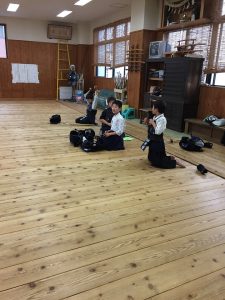 There are many different types of restaurants in Tokyo.
There are many different types of restaurants in Tokyo.
The most exclusive sushi restaurants in Tokyo are very different compared to European restaurants.
The size of a Japanese sushi restaurant can be very small. There are many Japanese restaurants that has only room for 6 – 15 people. There are several reasons for that.
Tokyo has 20 million citizens living in a very small geographic area. Besides the many people living in Tokyo there are also many restaurants, street food and shops. There is almost a restaurant on every street in Tokyo so the competition in the neighborhood is fierce.
There is also another factor which is that the Japanese do not compromise on the quality of food and service. Tokyo is the city of the world with the highest quality of food.
Every restaurant try their best to provide the best food and service. The competition between the restaurants are very fierce. In order for a restaurant to succeed the has to be good.
Please read more about Sushi course for beginners
_
Zoë has lectured and held sushi courses for A. P. Moller – Maersk, Hugo Boss Nordic, Novo Nordisk, Novartis, Velux, Gorrissen Federspiel, Beierholm revision, Elbek & Vejrup and many more.







